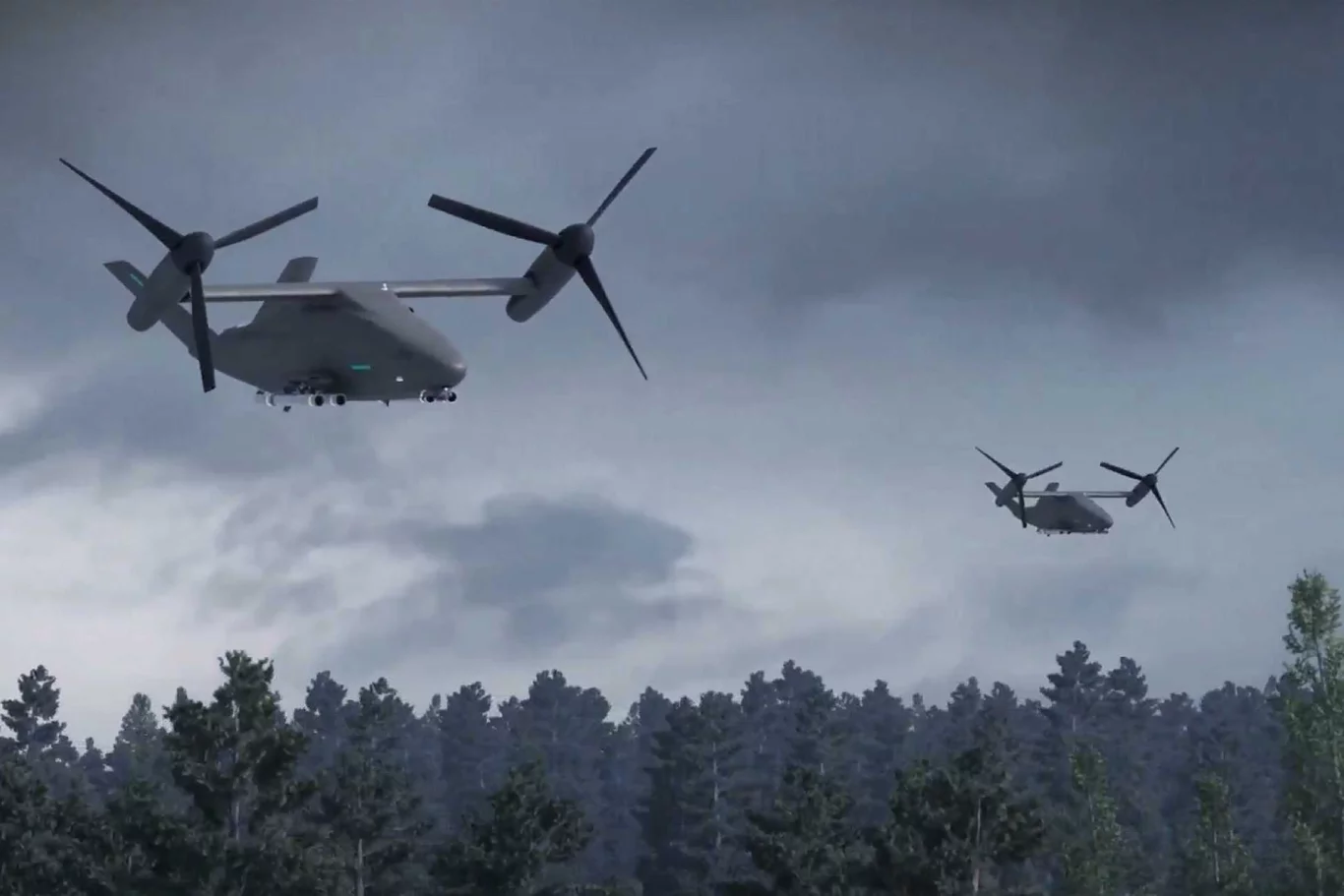In a clear and resolute demonstration of its unwavering commitment to national defense and its newfound role within NATO, Finland has commenced a series of large-scale military exercises focused intensely on rapid readiness. The location of these drills, strategically positioned near its extensive border with Russia, sends an unambiguous message about Finland’s capabilities and its determination to safeguard its sovereignty. This isn’t just routine training; it’s a meticulously planned and executed display of defensive strength, designed to test operational tempo, logistical resilience, and the cohesion of its armed forces in a high-stakes environment.
Finland’s defense posture has long been characterized by a unique blend of universal conscription, a highly trained reserve force, and a formidable capacity for rapid mobilization. For decades, even outside of formal alliances, Finland maintained a robust and credible defense, acutely aware of its geopolitical realities. Its recent accession to NATO, however, has added a new layer of strategic importance, integrating its formidable capabilities into the alliance’s collective defense framework. These current exercises are a direct reflection of this enhanced commitment and a practical demonstration of its readiness to contribute.
The focus on “rapid readiness” is paramount. In modern warfare, the ability to quickly react to emerging threats, mobilize forces, and deploy them effectively can be the difference between deterrence and conflict. These drills are designed to simulate scenarios where rapid response is critical, testing everything from the speed of mobilization orders reaching reservists to the rapid deployment of units to pre-designated defensive positions. It’s about compressing the decision-making cycle and ensuring that the entire defense apparatus can shift from peacetime footing to wartime readiness with unprecedented speed and efficiency.
Operating near the Russian border adds another layer of significance to these exercises. While framed as defensive and routine by Finnish authorities, the proximity cannot be ignored in the current geopolitical climate. It serves as a powerful visual and operational deterrent, demonstrating that Finland is not only capable but also fully prepared to defend every inch of its territory. This isn’t an aggressive posture, but rather a robust affirmation of defensive capability, clearly communicating that any incursion would face immediate and well-organized resistance.
The exercises likely encompass a wide array of military capabilities. We can expect to see integrated training involving:
- Ground Forces: Rapid deployment of infantry, mechanized units, and artillery, focusing on defensive tactics, delaying actions, and counter-attacks in varied terrain, including the challenging forests and lakes of Finland.
- Air Force: Close air support for ground troops, air defense drills, and potentially reconnaissance missions, practicing air superiority and interdiction roles.
- Navy (where applicable): Coastal defense operations, maritime surveillance, and protecting sea lanes vital for reinforcement and resupply.
- Logistics and Sustainment: A critical component, testing the ability to rapidly supply fuel, ammunition, food, and medical support to widely dispersed units operating under intense conditions.
- Command and Control: Stress-testing the communication networks and decision-making processes under simulated combat pressures.
- Reservists: A large portion of Finland’s defense relies on its highly trained reservist pool. These exercises are crucial for integrating them into active formations and ensuring their readiness.
Furthermore, the challenging Nordic environment provides an unparalleled training ground. Finland’s vast, often rugged terrain, characterized by dense forests, numerous lakes, and harsh winters, demands specialized skills and equipment. These drills will undoubtedly hone capabilities in cold-weather operations, camouflage, and movement through difficult environments, making the Finnish forces uniquely adapted to their operational theater.
As a new NATO member, these large-scale exercises also serve to enhance interoperability with allied forces. While the primary focus may be national readiness, the underlying principles and standards will align with NATO doctrines, facilitating smoother integration should allied support ever be required. It allows Finland to demonstrate its value as a highly capable and reliable ally, contributing significantly to the alliance’s overall defense posture in the High North and Baltic Sea regions.
In conclusion, Finland’s decision to launch extensive rapid readiness drills near its Russian border is a multifaceted statement. It underscores a national commitment to a robust defense, showcases the formidable capabilities of its armed forces, and highlights its proactive role within NATO. As Finnish soldiers, sailors, and airmen hone their skills in the stark beauty of their homeland, they send a clear message: Finland is prepared, vigilant, and ready to defend its peace and sovereignty. The “Iron Shield” is being tested, and it stands strong.




